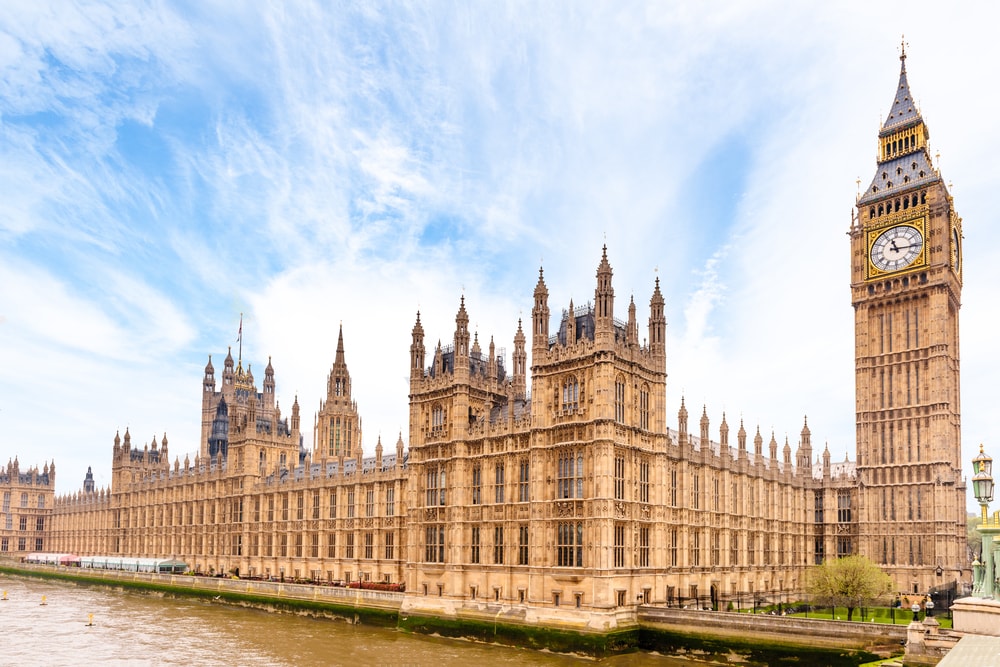Sally Ling explains the importance of understanding the different types of DGFs and what they can deliver for pension fund investors
Diversified growth funds (DGFs) have been on the investment scene for about a decade now. These funds invest across a wide range of asset classes with the aim of generating ‘equity-like’ returns over the medium to long term, but with much lower volatility. But are they achieving what they set out to and how are they doing this?
What sort of returns do DGFs offer?
There are a lot of different DGF strategies available, but they all have a similar goal – to deliver a consistent high single digit return. Performance targets are generally expressed in absolute terms, often as the return on cash plus a fixed percentage, either before or after fees. You can find DGFs offering returns of cash plus 2 per cent up to cash plus 5 per cent, but, according to State Street Global Advisors head of institutional Mark McNulty these are very different in terms of the amount of volatility you can expect.
Insight Investment head of the investment strategy unit Matthew Merritt explains why these funds have adopted an absolute return approach. The alternative, he says would be an asset price weighted benchmark. “But philosophically there is a real problem with the old balanced approach, as there was an implicit or explicit assumption that sticking to this benchmark was going to deliver a certain sort of return. Even over relatively long periods, returns from risk assets are so volatile that you can’t rely on an asset-weighted benchmark to give a particular level of return.”
So are DGFs delivering what they promise? It would seem so, currently at least. Aon Hewitt global investment practice partner Tim Giles reports that over the last five years the returns have been “very favourable”. He says that DGFs have achieved at or near equity returns with between half and two thirds of the volatility. But he stresses the longer-term nature of these funds, saying: “Equities have had a very strong performance in the past 12 months so DGFs do not compare as well in the shorter term, but that is too short a period to consider.”
What role do DGFs play?
These days it is widely accepted that diversification is an important tool in tackling investment risk. But this can pose problems for smaller schemes, both in terms of access to specialist investments and in the time and skill required to monitor a large number of asset managers. This is where DGFs can come into play. In Giles’s view there are three ways that pension schemes can manage the investment challenges they face. They can increase governance levels and the activity of the investment sub-committee; go down the fiduciary route; or keep it simple. DGFs, he says are useful for those who want a simple governance structure and are happy to accept there may be some compromises involved.
McNulty also takes the view that DGFs have a role to play in simplifying governance, saying: “DGFs can provide access to active asset allocation decisions – in smaller schemes the governance structure is not there to make these sorts of decisions themselves.” As Merritt explains: “Small and medium sized scheme were historically very equity heavy. These are now using DGFs – probably split across a couple of providers - to run the bulk of their risk assets.” The benefit of this approach, Merritt explains, is that DGFs allow schemes to commit part of their assets to return seeking assets, “but with a much smoother trajectory than traditional approaches or equities”. You can, he says achieve the same medium-term return as growth assets but with much lower volatility.
DGFs have a different role to play in larger schemes as they are more likely to have in-house asset allocation skills or to be able to afford specialist advice. As McNulty explains: “These schemes tend to use DGFs as satellite investments around an, often passive, core. DGFs offer diversification as they have different risk and return characteristics to other parts of the portfolio.” Merritt adds that “larger schemes will probably retain some exposure to equities and credit and allocate a percentage to alternatives, which is where DGFs sit, to increase diversification”.
According to Merritt, schemes are finding new roles for DGFs. He says: “Historically schemes switched from equities to DGFs to replicate returns. Now as credit becomes more expensive some schemes are allocating away from credit to DGFs to produce similar growth.”
Understanding DGFs
There are many different DGFs available on the market, but they can be divided into three broad categories, distinguished by their objectives and the way they invest:
■ ‘Static’ DGFs, which offer diversified exposure to a set of different market risks. These funds invest in multiple types of asset such as equities, bonds and hedge funds and the asset allocation remains fairly stable.
■ DGFs that aim to achieve stable returns and capital protection. These funds generally have very active asset allocation.
■ DGFs that use a systematic approach to asset allocation with the emphasis on risk diversification. A mathematical basis is used to choose between asset classes to maximise diversity and achieve risk parity, whereby each asset class contributes the same amount of risk to the portfolio.
As Giles explains: “There is definitely a call for different types of product. It’s a case of matching up the trustees’ and the managers’ philosophy.”
Given the range of products on the market it is clearly important that trustees understand what they are investing in. Some DGF managers stick to ‘traditional assets’; for example McNulty says that State Street uses assets that trustees are familiar with as the ‘building blocks’ of its DGFs such as real estate, infrastructure, emerging markets, corporate bonds and developed market equities. Other funds make extensive use of alternatives. According to Giles many DGFs have recently been increasing their exposure to derivatives as this allows them to move in and out of markets quickly and take positions they couldn’t take easily with physical assets. But he adds: “If we see a manager moving into an asset class in which the firm has no track record then that’s a red light”.
Not all trustees are comfortable with investing in derivatives and other alternatives, so it is important to make sure they understand how and why they are being used. As well as how DGFs are invested, it is also important that trustees understand what performance to expect in the short as well as medium terms, which, according to McNulty “will be less volatile but not always positive”. Both managers and consultants have a role to play in educating trustees about DGFs.
While today DGFs seem to be achieving both their objectives – equity-like returns with reduced volatility - this has not always been the case. McNulty reflects: “In 2008 people who thought they were invested in DGFs expected their managers to sell asset classes that were falling. This did not happen and investors suffered huge losses.” He believes that although “the learning was painful” investors now have access to a much better range of solutions than in 2008 and these products have been designed with a much better awareness of so-called ‘black swan’ events.
Will DGFs continue to deliver, in particular when interest rates start to rise? Only time will tell, but these funds are designed to generate returns in a range of market conditions, with their ability to invest across wide range of asset classes and the flexibility to adjust asset allocation. What is clear is that while DGFs can offer a simplified approach to investment governance, it is essential that trustees understand how they work and know what returns to expect.
Sally Ling is a freelance journalist



Recent Stories